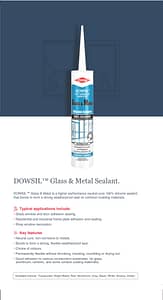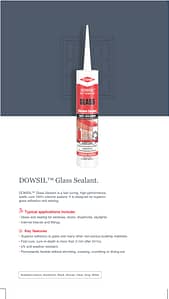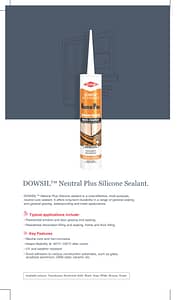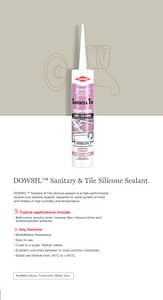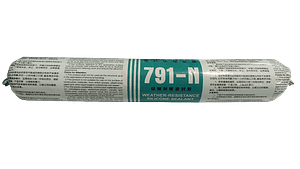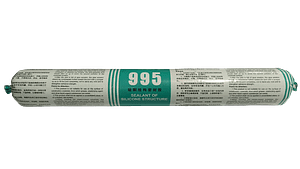A material used in construction to block the passage of fluids through surfaces, joints, or openings in buildings. It provides a protective layer that seals gaps between materials, offering both aesthetic and functional benefits. Key characteristics of architectural sealants include:
- Flexibility: Sealants accommodate movement between materials due to thermal expansion, vibrations, or settlement, without cracking.
- Adhesion: They bond to a variety of surfaces such as glass, metal, stone, and wood, ensuring a durable connection.
- Weather Resistance: Architectural sealants are designed to withstand environmental conditions, including UV exposure, moisture, and temperature variations.
- Durability: High-performance sealants can last many years without losing their elasticity or adhesion.
- Types: Common types include silicone, polyurethane, acrylic, and butyl sealants, each suited for specific applications such as windows, doors, roofing, or curtain walls.
These sealants play a critical role in maintaining the integrity of the building envelope, preventing water ingress, air leaks, and protecting against environmental damage.

